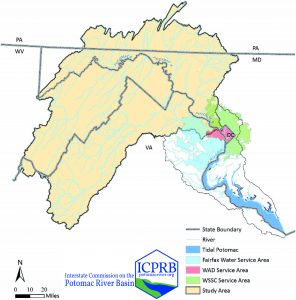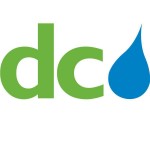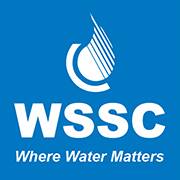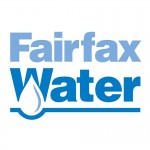Forests and Water Treatment Costs
Interstate Commission on the Potomac River Basin
Forest Cover Impacts on Drinking Water Utility Treatment Costs in a Large Watershed
Source waters are the streams, rivers, lakes, and groundwater resources that supply drinking water. Source water protection encompasses actions taken to prevent or minimize contamination of these resources before the water arrives at a water supplier’s treatment plant. Water utilities across the United States and the world face difficult decisions in evaluating source water protection opportunities. While source water protection is seen as an important component of a multi-barrier approach to providing high-quality drinking water, it can be difficult to assess the financial benefits of specific programs.
A recent study, conducted by the Interstate Commission on the Potomac River Basin, explored the relationship between forest cover and source water protection. The project, Forest Cover Impacts on Drinking Water Utility Treatment Costs in a Large Watershed, applied sophisticated watershed modeling tools to determine the potential impacts of forest loss on water quality, and how this in turn may affect drinking water treatment costs. This project provides an initial evaluation of the water quality and cost benefits of protecting forested land within the Potomac River basin, but the approach is applicable to any other supplier.
A summary of the findings can be found below. Members of the Water Research Foundation have access to the full report on the organization’s website.
The project was generously funded by The Water Research Foundation, the U.S. Endowment for Forestry and Communities, Fairfax Water, DC Water, Washington Aqueduct, and the Washington Suburban Sanitary Commission (WSSC).
Results and Recommendations
One Size Does NOT Fit All
The results of this study indicate that potential reductions in water treatment chemical costs due to forest protection by themselves may not be a sufficient driver for forest protection or installation of forest buffers for the participating water suppliers, at least over the scale and time frame examined in this study. The study found that the largest decrease in daily treatment chemical dose was 1.63 percent in one of the forest cover changes scenarios for WSSC. Changes in water quality conditions near the participating utility’s intakes would only improve between one and five percent under the various scenarios. While these are the results for the three utilities, it would be wrong to conclude that it is never true for any water utility: one recommendation from this study is to resist generalizations. For more detailed information, visit the Potomac River Basin Drinking Water Source Protection Partnership [insert link to Forest page here] website.
A Commitment to the Future of our Drinking Water
Despite the results, the water utilities remain committed to protecting the Potomac River basin. In a growing river basin as large as the Potomac, source water protection is by necessity a collaborative process. By working together, common ground can be identified and strategies for moving forward can be developed. One such collaborative effort in the basin is the Potomac Drinking Water Source Protection Partnership (DWSPP). Coordinated by the Interstate Commission on the Potomac River Basin, it is an open forum for continued dialogue among utilities, state agencies, and other partners which will continue to encourage identification of opportunities for mutual benefit.
The importance of the Potomac River to public water supply, the current expanse of forest cover, and the projected population growth make understanding the benefits of forest protection critical to safe-guarding water quality.
The results of this project indicate a need for a holistic approach to source water protection in the Potomac basin that includes continued dialogue with the numerous stakeholders and upstream and downstream interests.
Please feel free to contact us with any questions or for more information about the report.
The following is more information on the project. For more details on the Forest Cover Impacts on Drinking Water Utility Treatment Costs in a Large Watershed project, including the full Scope of Work and Approach, visit the Potomac River Drinking Water Source Protection Partnership website.
Scope of Work
Forested lands comprise about 58 percent of the land cover within the 11,560 square-mile area of the non-tidal Potomac basin―the source water area for the participating utilities. A portion of this is protected through federal, state, and local management programs or through private conservation easements. Federal land holdings comprise about 10 percent of the freshwater Potomac watershed.
Approach
This study focused on potential water quality impacts and associated changes in treatment costs as a result of forest protection at Fairfax Water, Washington Aqueduct, and WSSC’s Potomac intakes. Since there is currently no acute water quality issue threatening the utilities’ ability to provide clean, safe drinking water to their customers, the focus is on potential cost impacts due to water quality deterioration and the opportunities to prevent such deterioration through forest protection.
Individual water quality and treatment chemical dose relationships were developed to inform each utility’s source water decision making. The water quality parameters considered in the water quality-treatment dose relationships were total organic carbon and turbidity.
Overall, the study provides an initial framework that utilities can utilize to understand the benefits of forest protection activities in their source water area and how increased forest cover could bolster risk and uncertainty protections.
Download the full Scope of Work to read more about the phases, methodology, and anticipated results. Please feel free to contact us with any questions.
Support and funding for the project was provided by:







